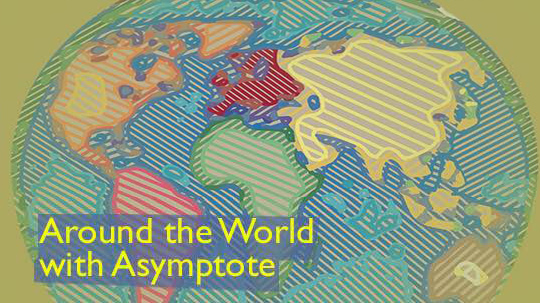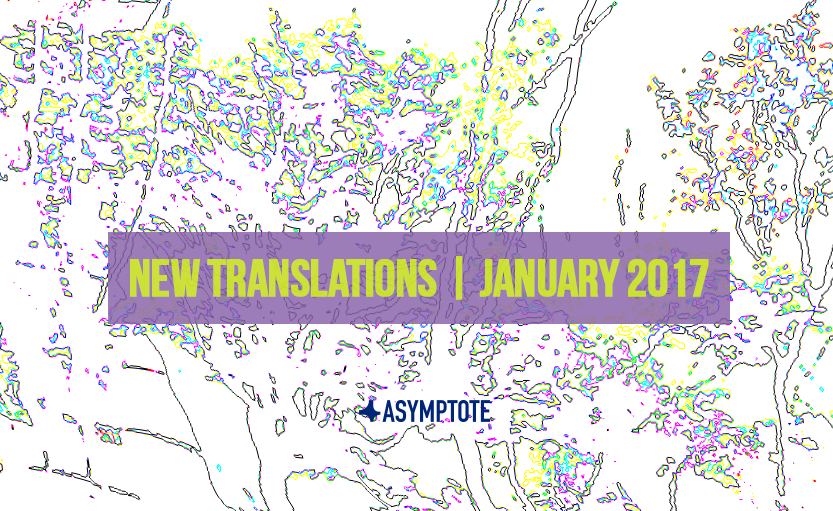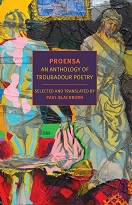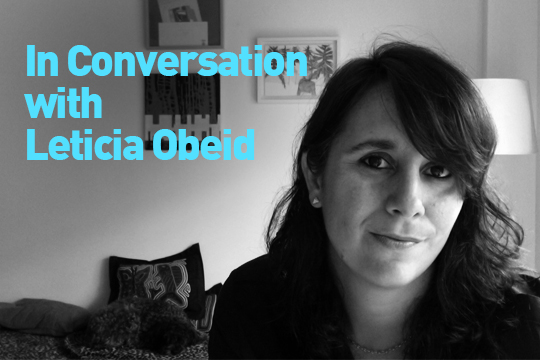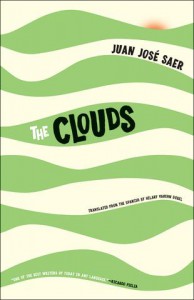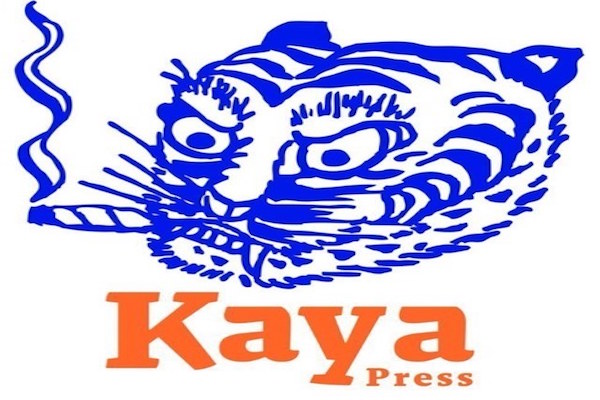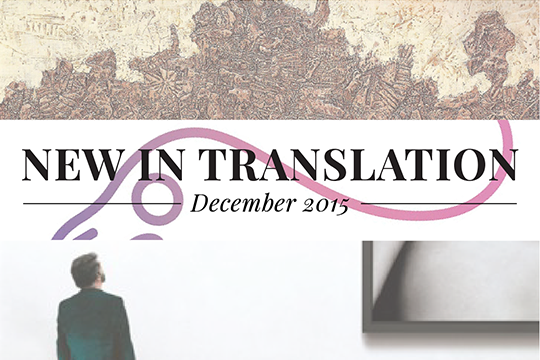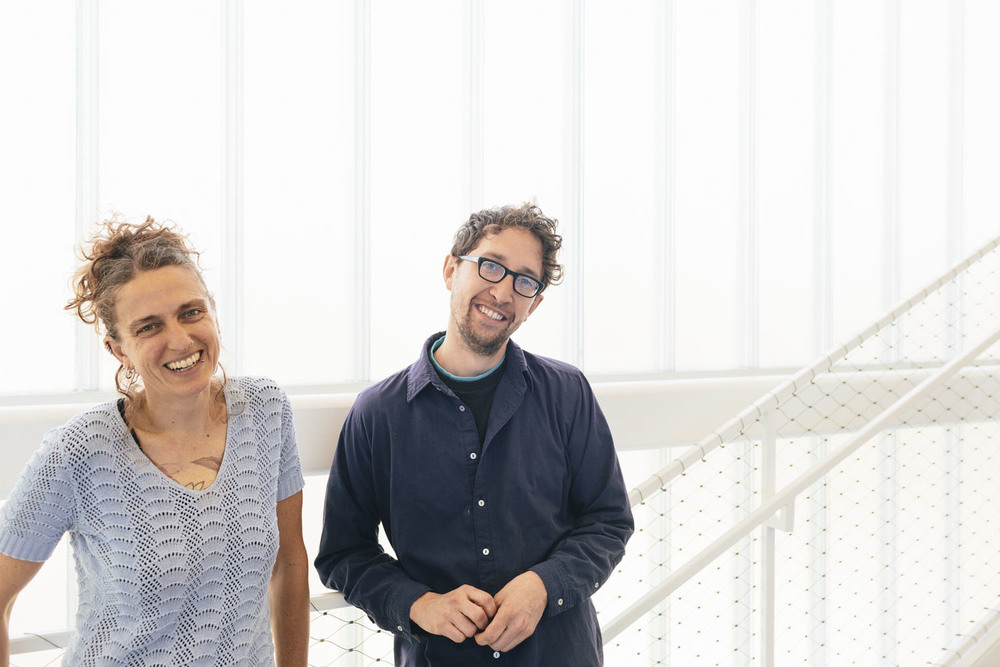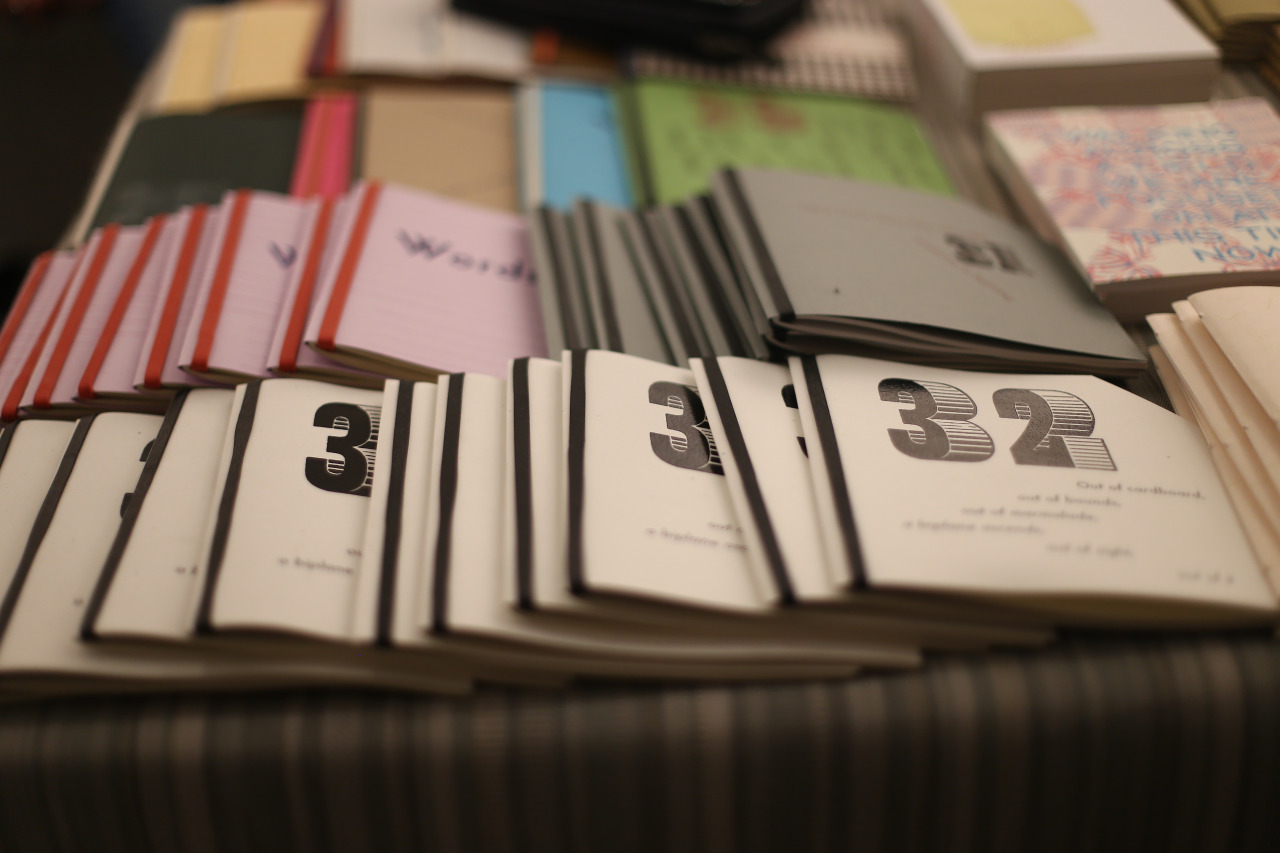Kaya Press was founded in 1994, and has established itself as a premier publisher of Asian and Pacific Islander diasporic writers in the United States. Its diverse list of titles includes experimental poetry, noir fiction, film memoir, avant-garde art, performance pieces, “lost” novels, and everything in between. Kaya and its authors have been the recipients of numerous awards, including the Gregory Kolovakas Prize for Outstanding New Literary Press, the American Book Award, the Association for Asian American Studies Book Award, the PEN Beyond Margins Open Book Prize, the Asian American Writers’ Workshop Award, and their books have become cornerstone texts in American Studies and Asian American Studies curricula at universities throughout the country. I spoke with Publisher Sunyoung Lee via email.
***
Alexis Almeida: Can you tell me about Kaya’s origins? I’ve read that it was originally intended to house a journal of Korean literature-in-translation, and that the press has been through many transformations.
Sunyoung Lee: Kaya was founded by Kim Soo Kyung, a writer and a publisher based in Korea, who originally was interested in publishing Korean lit in translation. She met up with writer Walter K. Lew, who convinced her to publish a broader list of Asian diasporic lit—and to move beyond putting out a journal format to putting out actual books. The transformations that Kaya has gone through have been largely due to staffing and funding. The start up funding from Kim Soo Kyung ended in 1997, whereupon all funding for salaries abruptly ended, though I continued to work at Kaya with Juliana Koo, Kaya’s original managing editor. Probably the most difficult time for Kaya was the period where I became the sole volunteer staff person at Kaya after Julie went to graduate school. Luckily, we had enough forward momentum to stay afloat because of the great organizational groundwork that Julie had put into place, but it was a huge challenge to keep up—to continue publishing books, keeping our books in print, etc. We managed to keep our heads above water, but there were a couple of moments when it was a bit touch and go. More recently, however, working with Neelanjana Banerjee, our managing editor, and our new publicist, Cathy Che—not to mention our graduate student assistant, Heidi Hong, and the numerous, talented undergraduate interns whom we work with here (happy to give a list of all of their names! Anita Chen, Maggie Deagon, Jamaal Armstrong, among others)—has made all of the difference in getting Kaya Press really humming again. Not only are we putting on more events and publishing more titles than ever before, we’re also working on a couple of new series of titles (and planning a few more), including one on Japanese lit in translation, and another on Korean literature in translation, both of which will be launched in 2017. So there’s a way in which we’ve finally circled back around to our original founding impulse!
AA: What has your move from New York to LA been like? Can you tell me about your affiliation with the Department of American Studies and Ethnicity at USC, and your relationship with the greater LA community?
SL: From New York—at least back in the 90s, at least for myself—Los Angeles was not just beyond the pool of light being generated by the city itself, it was past the curve of the earth—past the horizon. So it was never a place I ever really ever thought about, much less imagined Kaya moving to.
Because we started in the 1990s, we had a very strong sense of creating culture as we went—desktop publishing had just started to make possible the world of indie publishing that we now see flourishing around us, and there was a lot of excitement and new ideas and people trying to figure out how to making this indie publishing thing work.
The feeling was a lot like the feeling of riding my bike (my primary mode of transportation in those days) through midtown Manhattan—you’re out in the world, completely self-powered, moving between lanes of packed traffic in the shadow of these enormously tall buildings. It’s a weirdly wonderful feeling—you feel acutely your smallness and insignificance, yet all of that looming institutional weight can’t prevent you from making your way to wherever you need to be. That’s what it felt like to be doing indie publishing at that time. It was hard not to feel like a pioneer.
Ditto with regards to working the Asian diasporic focus—unlike out on the West Coast, where there was a more of a cohesive sense of history and critical mass and activism around Asian American-ness, in New York, being Asian American and really trying to make an impact as an Asian diasporic press required a different kind of wiliness—a different set of survival skills, if you will. There was definitely an active, thriving community of Asian American artists, but it wasn’t as entrenched and institutional as it was out west, from what I could tell at least. Which meant that you spent more time trying to break new ground—to get to the table—than you did navigating pre-existing social and cultural hierarchies—or figuring out how to position yourself at the table.
READ MORE…


